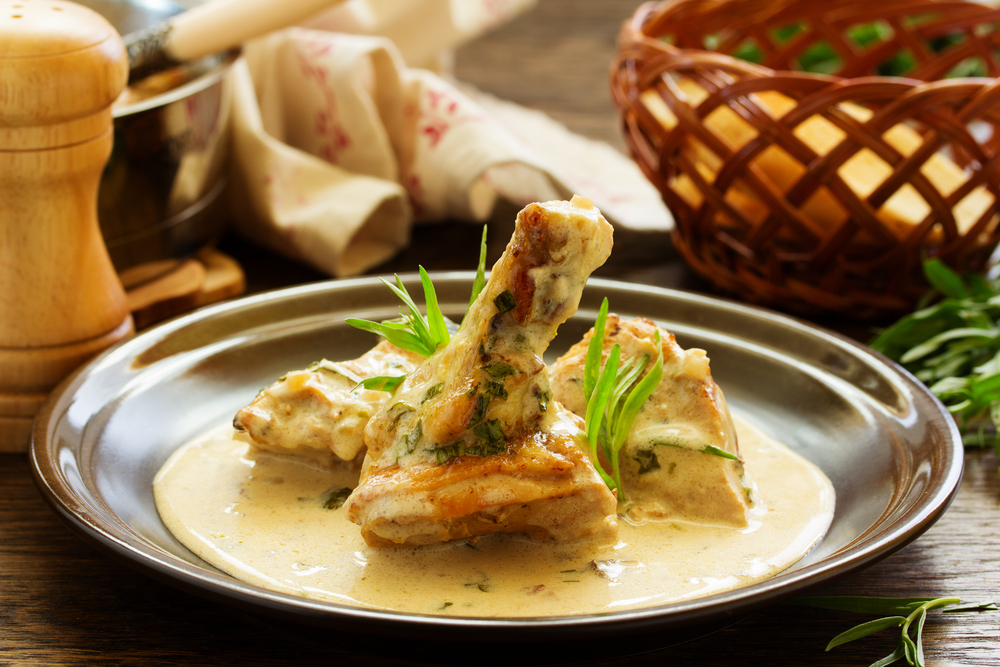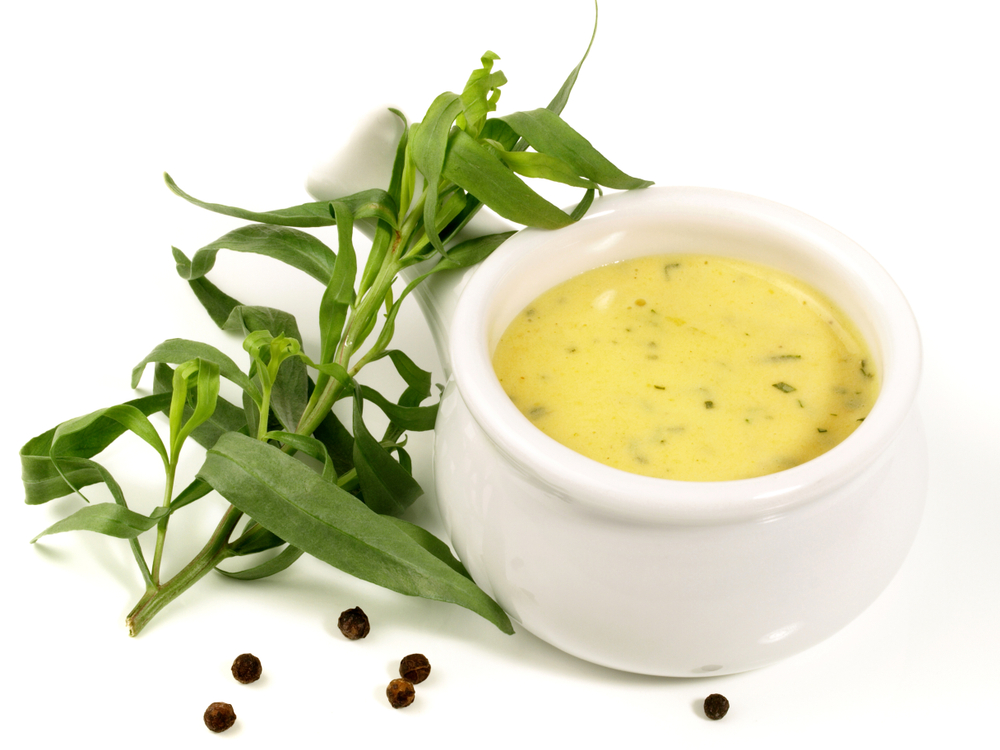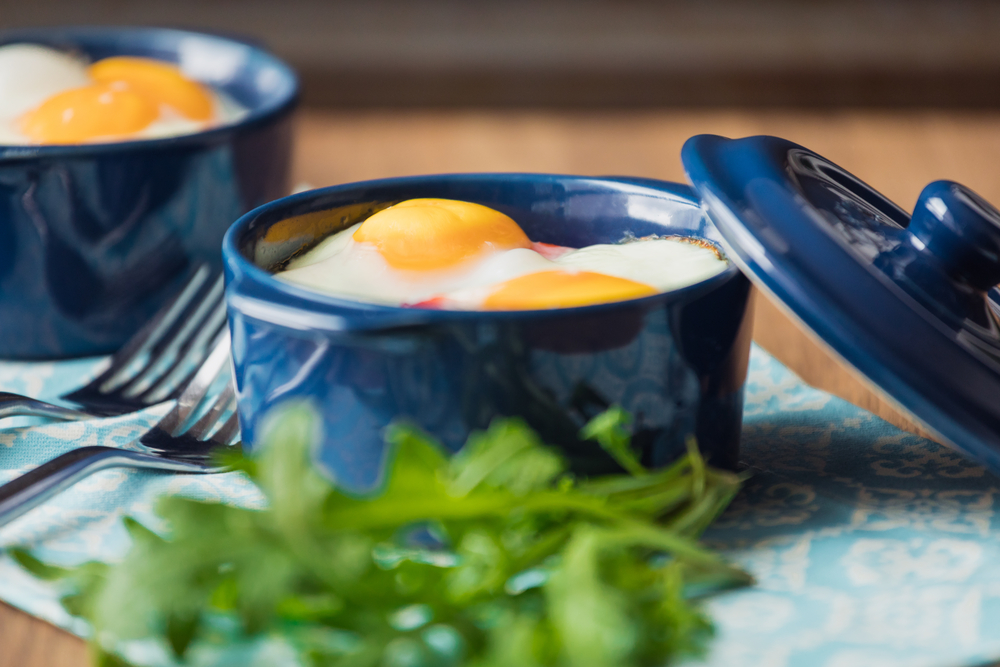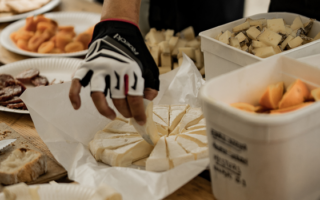
French ingredient highlight: Tarragon
Tarragon’s long, thin and delicately aromatic bright green leaves are widely used in French cuisine. It is known as ‘the dragon herb’ thanks to one of two folkloric beliefs: either that is was good for treating bites from venomous snakes, or because of its coiled, serpent-like roots. Tarragon is, rather wonderfully, called dragoncello in Italian – from the Latin dracunculus, meaning ‘little dragon’. Its origins lie in the steppes of Siberia, although the Russian tarragon variety offers a much less pronounces aniseed flavouring. The herb was introduced to European palates in the Middle Ages, and mention of it can be found in the Capitulary of Charlemagne (administrative ordnances) as a remedy for toothache. It is known for its digestive properties and it is high in Vitamin C.
Along with its bouquet garni compadres chervil, parsley and chives, it is one of the fines herbes that enjoy a special place in the history of haute cuisine, and broadly speaking it is best when used fresh (as opposed to dried) when adorning dishes featuring fish, chicken (stick some under the skin before roasting) or eggs.
It is much used in sauces and a perfect addition to mustards, pickles and homemade vinegar concoctions – pop some in a bottle with shallots and leave to steep; the vinegar can then be used to make salad dressings.
Top tip
Add some chopped tarragon to butter and freeze it for a handy, instant sauce for an entrecôte or baguette steak.
Tarragon 3 ways…
How to place the liquorice fine herbe front and centre.
Poulet a l’Estragon
An undisputed all-star French recipe that is easy to make at home, chicken in a rich cream and tarragon sauce is a super supper dish, often found on bistro menus. After frying chicken breasts, add depth of flavour by deglazing the pan with white wine vinegar (and a splash of cognac for a luxurious flourish), before adding cream and chopped tarragon. You can lighten the dish with half-fat crème fraîche if you wish, but you’ll lose some richness.
Find our chicken with tarragon recipe here.

Sauce Béarnaise
A beloved accompaniment to red meat grillades, this sauce is made with a reduction of white wine vinegar, shallots, egg yolks and chopped tarragon. Its name belies its origin: it was first served in Saint-Germain-en-Laye near Paris in 1837, not in Béarn (the Pyrenean province of yore). The titular ’Béarn’ is an homage to Henri IV, whose former home Pavillon Henri IV became a restaurant by sauce inventor Jean-Louis-François Collinet.
Find our guide to French sauces here.

Les Oeufs Cocotte à l’Estragon
The cocotte in question is actually an individual ramekin into which eggs, cream, salt, pepper and a little nutmeg – plus the all-important tarragon leaves – are placed before gentle cooking in a bubbling bain-marie. Note, it is important to put one spoon of cream on the bottom then one more on top once the rest of the ingredients are places. Alternative additions to tarragon traditionally included meat juices or mushrooms.
Find our Oeufs Cocotte with asparagus and Gruyère recipe here.

Article extracted from Taste of France Magazine Issue Four.
Enjoy Taste of France? Well you’re in luck as Taste of France Issue Five is out of the oven!
Latest posts
- Sardines and onions summer tart
- Brocciu-stuffed sardines
- Mayors banquet: 2 Tonnes of Salmon & 33,000 Bottles of Wine
- Duck liver flan with port coulis
- “Keep your teeth for the cheese”: France’s tastiest mountain biking trail
Lead photo credit : (c) Shutterstock
Share to: Facebook Twitter LinkedIn Email
More in Fines Herbes, French ingredient, French tarragon, Ingredient Highlight



